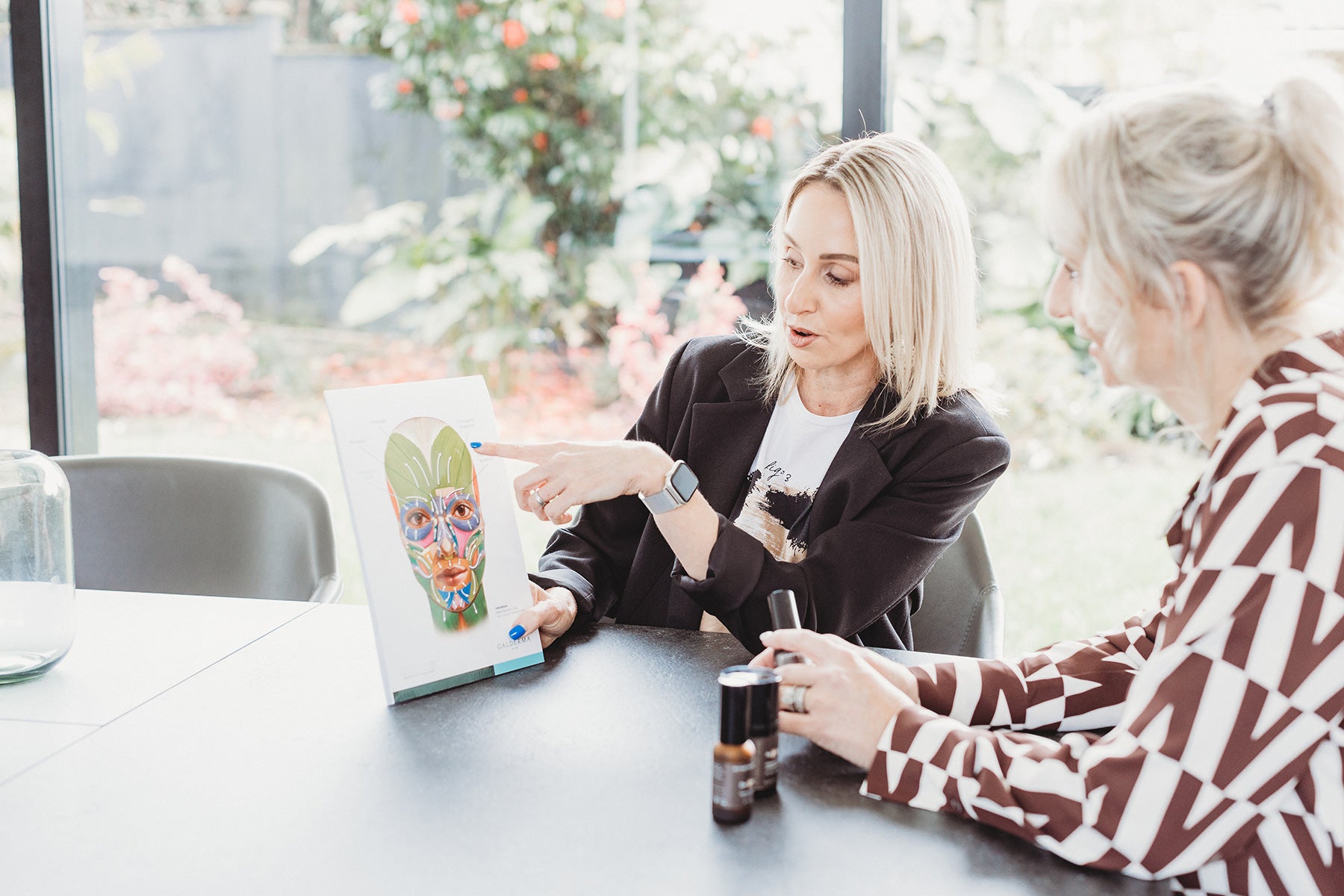Hyperpigmentation is a common skin condition that affects people of all skin types. It occurs when your skin produces more melanin, the pigment that gives your skin colour, which creates dark spots or patches.
What causes hyperpigmentation?
Hyperpigmentation is caused by:
- sun/pollution exposure
- certain medications, for eg some antidepressants, antibiotics and non-steroidal anti-inflammatories
- hormonal changes or contraceptive pill
- skin inflammation from acne, eczema or skin injury
- blue light from screens and electronic devices
- medical conditions such as Addison’s disease and haemochromatosis.
How can I minimise hyperpigmentation?
Sun protection is key. Protecting your skin from harsh UVA/UVB and HEV blue light that causes sunspots and triggers melasma is essential.
We recommend using active skincare that specifically targets melanin production to help lighten and brighten the skin.
If you're prone to hyperpigmentation, or have a naturally darker skin tone, we recommend using a tyrosinase inhibitor, which slows down the skin enzyme that makes melanin. This is essential for at least two weeks prior to chemical peels to avoid post-inflammatory hyperpigmentation.
Hyperpigmentation caused by melasma can be managed with lifestyle and active skincare. Ultraviolet (UV) and blue light exposure, excessive exercise, certain medications, hormonal fluctuations and stress can make melasma worse. Lifestyle modifications such as avoiding hot yoga and saunas, which increase your body heat, can help avoid skin darkening in areas.
We also recommend using a mineral make up with over 3% iron oxide that blocks out harmful blue light.
What are the different types of hyperpigmentation?
There are several types of hyperpigmentation, but the most common are:
- Post-inflammatory hyperpigmentation, which is the result of injury to the skin most commonly caused by acne.
- Sunspots, which are common and are due to excess sun exposure over time.
- Melasma, caused by hormonal changes and may develop during pregnancy.

